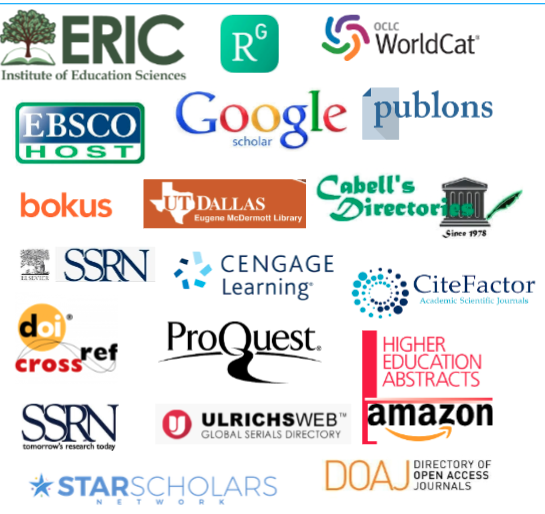COVID-19 in Utah Valley
Perspectives from a Professor and Parent
DOI:
https://doi.org/10.32674/jise.v9i1.2104Keywords:
COVID-19, Professor and Parent, Utah Valley, higher education, researchAbstract
The second week of March 2020 presented an array of unique challenges for me both professionally and personally as I adjusted my work and home life to cope with the COVID-19 virus. I had already been ailing with what (I hoped) were seasonal allergies that left me coughing, bleary-eyed, and wondering if I might be sick with COVID-19 prior to the announcements from our university and school district that we should start self-isolating and preparing for at-home instruction. As both of my children at home are competitive gymnasts, we faced another decision about whether to keep them home from training.
As my work and personal email boxes began filling with announcements from my university, my department, my children’s school, my children’s gym, and even my church and extended out-of-state family, I had to fight back a growing sense of anxiety about the outside world as I looked after my physical recovery. Staying home from work, just as a symbolic gesture, made a lot of sense to me. I’d already afflicted my colleagues with my occasional coughing from my isolated office way down the corridor, but I didn’t want to leave anything to chance. Although I presumed my odds of having COVID-19 were small after three trips to the doctor in the last month for secondary infections resulting from my allergies, who really knew? So, from my home office, I put into practice the skills I learned from doing remote instruction over the last several years.
Up until the present challenge, I had tried to access my email only in the morning and afternoon. As news and instructions came in from my university and department, email communication became a near-constant distraction/source of information. Following our university’s lead, our college moved to all-remote instruction and social isolating. This meant moving to the Zoom video conferencing app. Fortunately, I was quite familiar with the app, so I didn’t have too hard a transition. However, at least a few of my colleagues had to make substantial changes to what and how they taught. Moreover, our students varied widely in how familiar and comfortable they were with the online interface. They valued our programs for their face-to-face emphasis, and now they were being asked to adjust everything about their experience within days. Moreover, most of my students are educational professionals themselves, so they were scrambling to provide direction and services to their own students. In the days following the university’s move to all-remote instruction, I participated in several instructional and organizational meetings with administrators and colleagues to ensure we were all in accord about the adjustments we would make to classes, and I spent hours on email coordinating with students and responding to their personal and professional concerns. I greatly reduced planned whole-group instruction in favor of individual consultation. I felt frustration at my students as they requested that I take my class instruction down to the basics. As I was teaching a course on qualitative research methods, I already felt I was barely touching on the tip of the iceberg as it was. How more stripped down could I get? At the same time, I was still recovering physically from (what I hoped were) my allergies, so I recognized that some of my frustration was my body demanding time to recover.
To add to the challenges/opportunities of the first week into this at-home learning experiment, I had my two elementary-aged children at home with their own learning needs to consider. Even as I type, my third grader (who has an IEP) is in my office with me on i-Ready doing her daily math lesson on my university-issued iPad while my wife works with our sixth grader on her laptop. I find myself dividing my time between my third grader and my professional work, and I feel like neither is getting the attention they deserve. And yet, in the midst of the chaos, things are happening. Our children are getting more one-on-one time than they have in quite a while. They’re happy and adjusting. I wonder about their peers. My children attend a Title I school, and many of their parents and caregivers don’t have access to the same remote learning resources as they do. Many don’t have parents at home to supervise the well-organized instruction their teachers have provided (almost miraculously) via Google Classroom. It’s a strange new world in these early quarantine days, and I’m sure there are many opportunities and challenges ahead.







